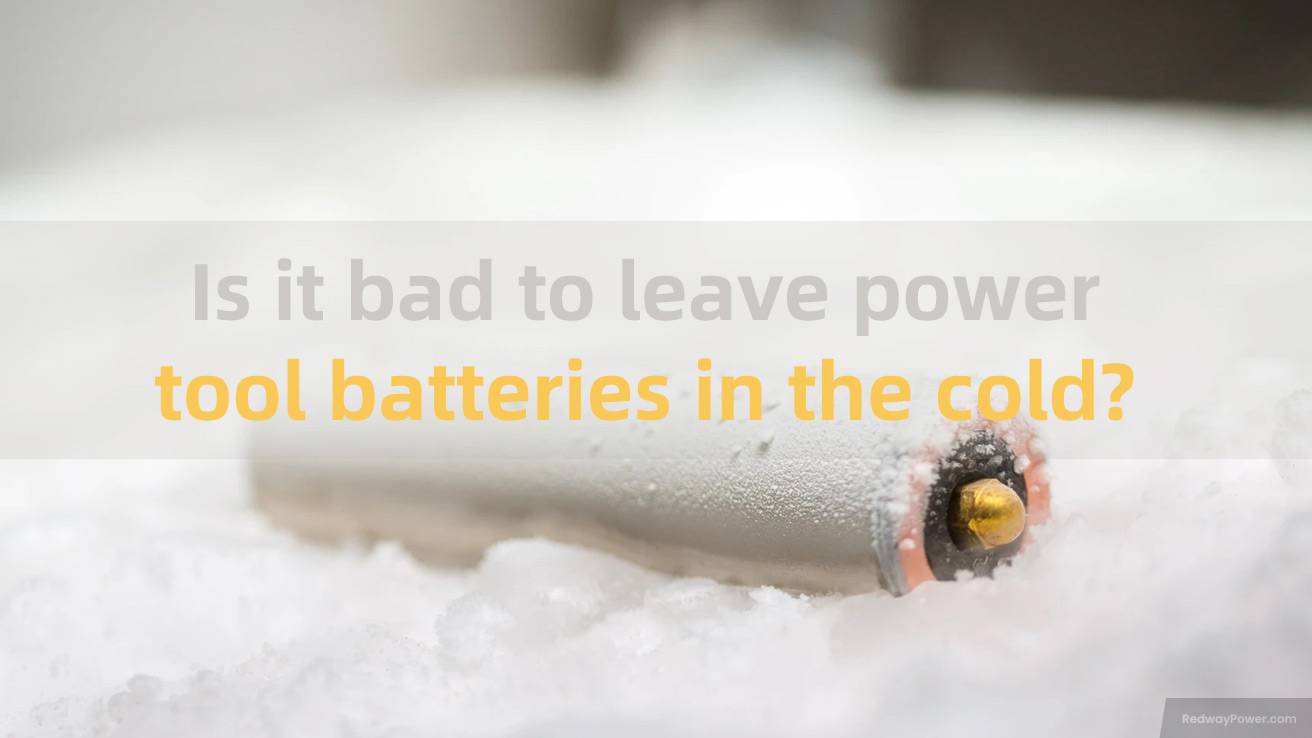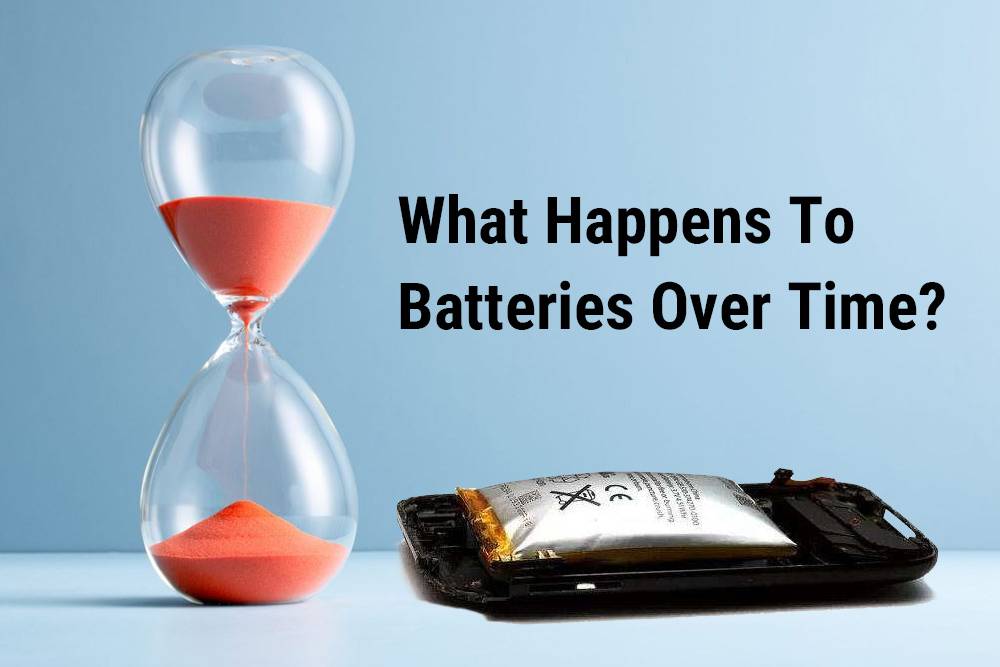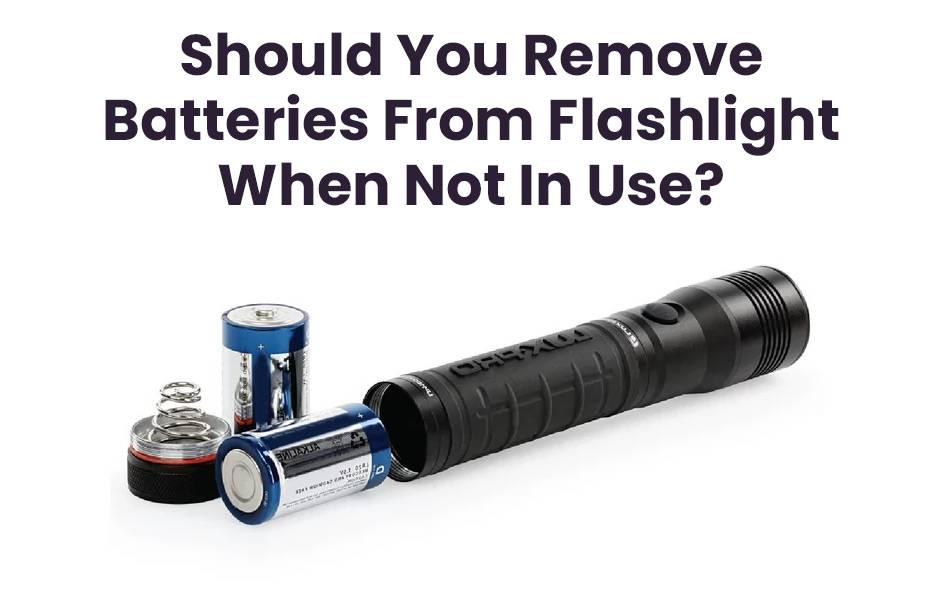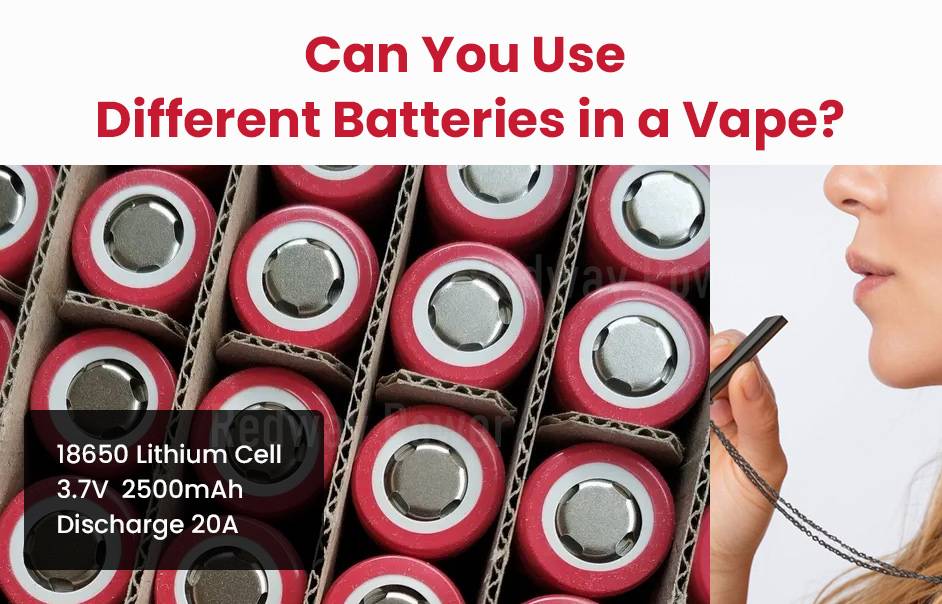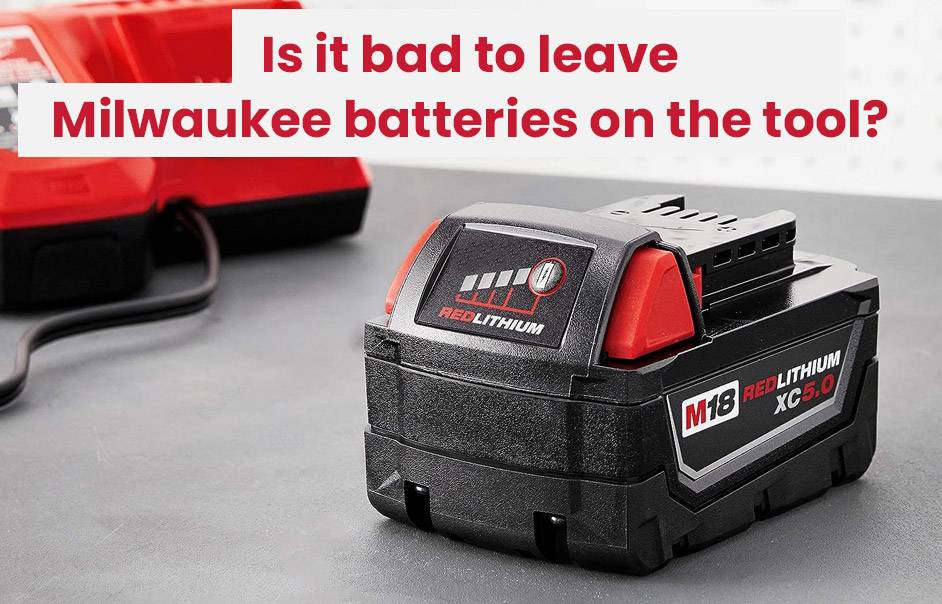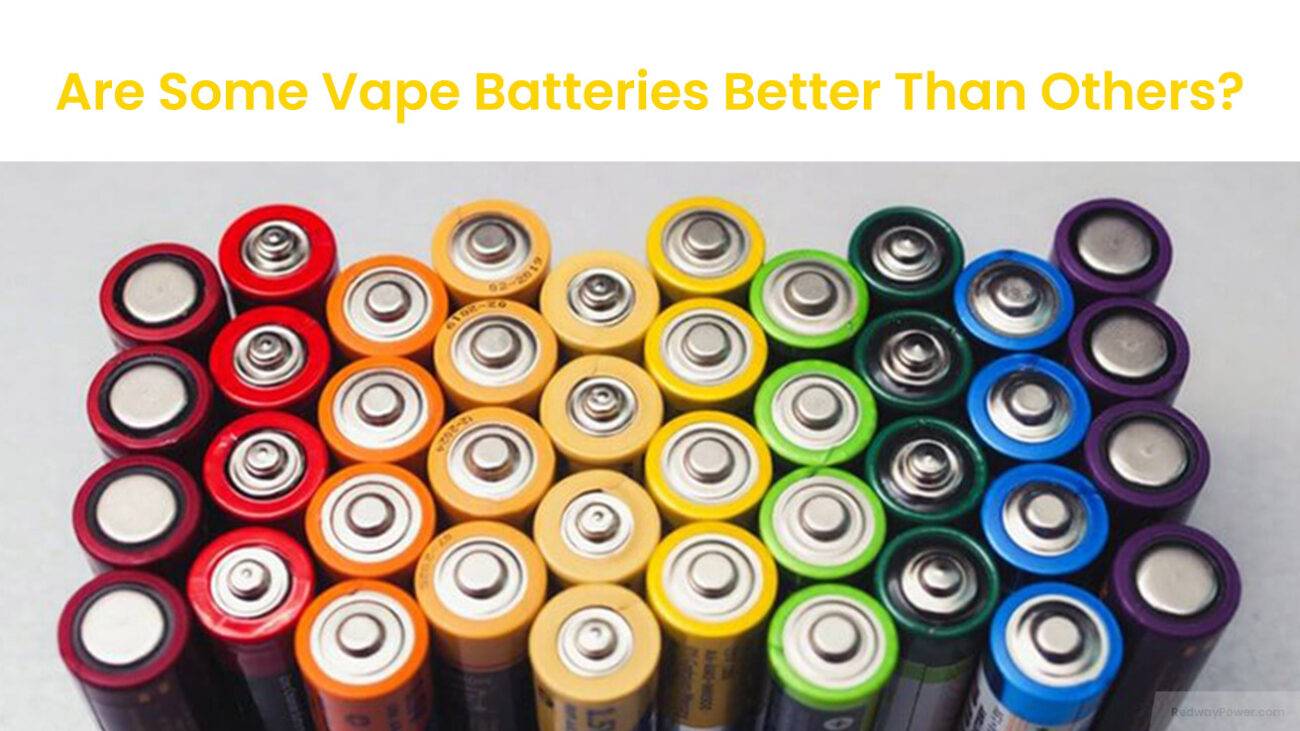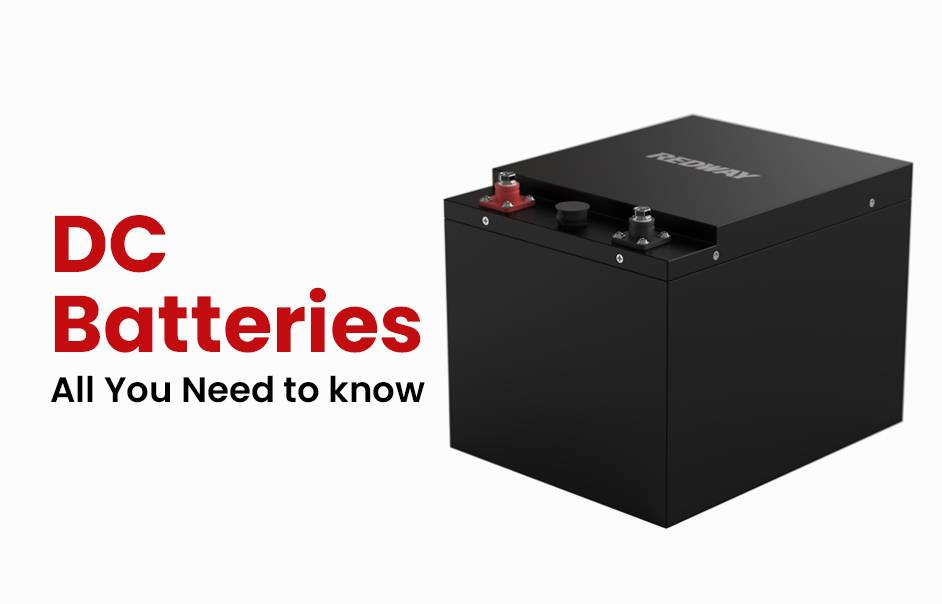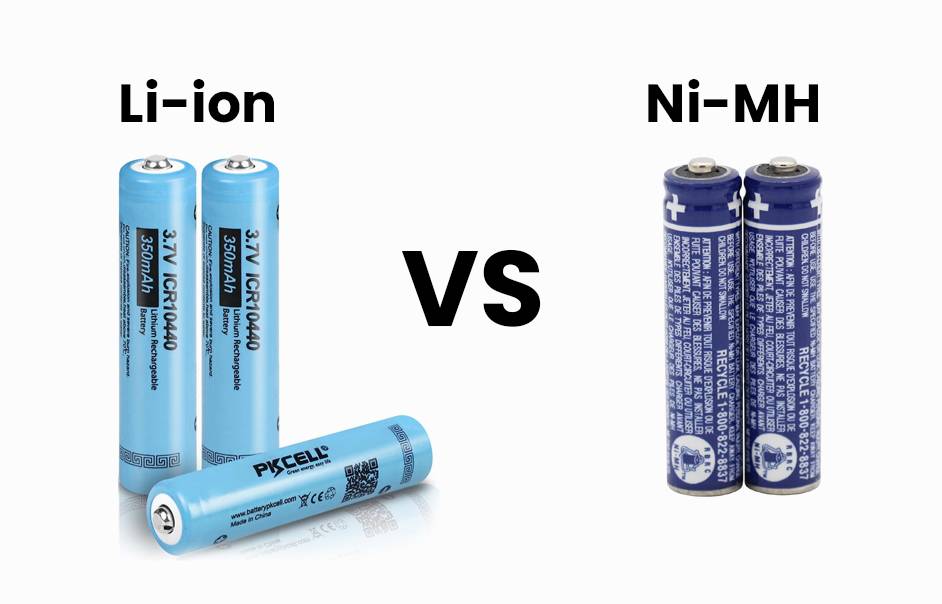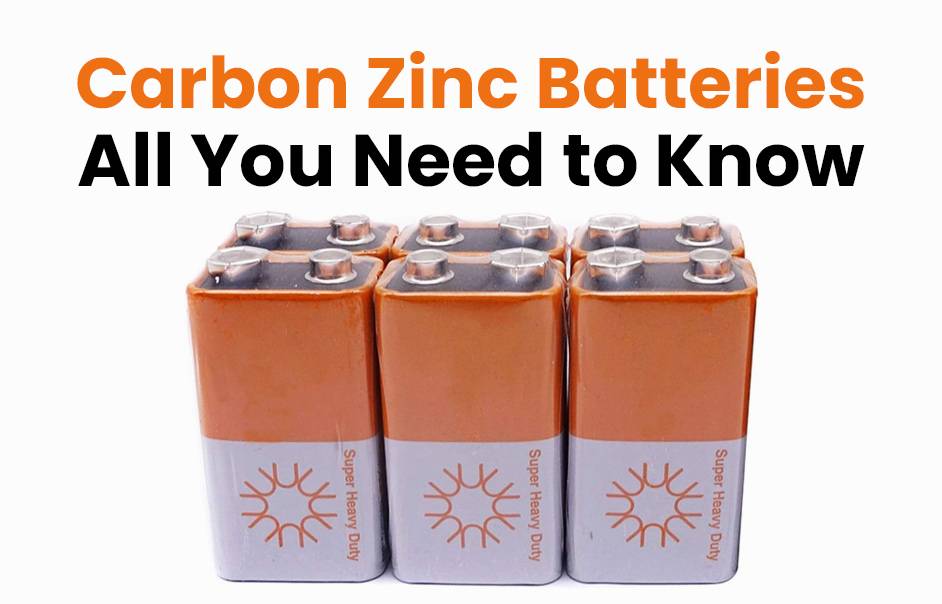Whether you’re a DIY enthusiast or a professional tradesperson, maintaining peak battery performance is crucial for power tool users. This blog post tackles the impact of cold weather on power tool batteries, addressing the question of whether it’s detrimental to leave them out in the cold. Offering valuable tips for storing batteries during chilly months, it ensures that both novices and professionals are well-equipped to navigate the challenges of winter.
The Effects of Cold Temperatures on Power Tool Batteries
Extreme cold temperatures can significantly impact power tool batteries, affecting their efficiency and performance. Understanding these effects is crucial for maintaining optimal tool functionality in cold weather conditions.
- Reduced Capacity:
- Cold temperatures slow down the chemical reactions in the battery, leading to a decrease in voltage output. This results in reduced capacity, limiting the tools’ performance.
- Physical Damage Risk:
- Freezing temperatures can cause water-based electrolytes inside the battery cells to expand, potentially leading to cracks or ruptures in the casing. This not only renders the battery useless but also poses safety hazards.
- Lifespan Shortening:
- Repeated exposure to cold temperatures weakens internal components, leading to overall decreased performance and eventual failure. Proper precautions are essential to protect power tool batteries in cold weather, ensuring optimal year-round performance.
In conclusion, taking precautions and implementing proper storage practices are essential for maintaining power tool batteries’ optimal performance in cold weather conditions. Understanding the impact of cold temperatures on batteries helps users make informed decisions for effective tool usage.
Reasons Why People Leave Batteries in the Cold
Leaving power tool batteries in the cold can happen for various reasons. This may be due to forgetfulness, the urgency of completing a task quickly, lack of awareness about temperature impact, or limited storage options. Understanding these reasons is key to preventing potential harm to the batteries.
- Forgetfulness:
- Busy schedules and multiple tasks can lead to people forgetting to bring their power tool batteries indoors, exposing them to the cold unintentionally.
- Urgency of Tasks:
- The need to finish a job quickly might prompt users to keep tools and batteries outside for easy access, neglecting proper storage considerations.
- Lack of Awareness:
- Some users may not realize the potential harm cold temperatures can cause to batteries, assuming that the tools are designed to withstand various conditions.
- Limited Knowledge:
- People might lack information about how temperature affects battery performance and longevity, assuming outdoor exposure won’t pose issues.
- Storage Constraints:
- Inadequate storage options or limited space indoors may hinder individuals from bringing their batteries inside during colder months.
In conclusion, understanding the reasons behind leaving power tool batteries in the cold is crucial for taking better care of valuable equipment. Being aware of the potential consequences encourages responsible storage practices.
What Happens to Batteries When Left in the Cold?

When power tool batteries endure cold temperatures, several negative effects can occur:
- Chemical Reactions Slow Down:
- Cold temperatures slow down the chemical reactions within the battery, reducing its ability to generate electrical energy compared to warmer conditions.
- Electrolyte Freezing:
- Extreme cold can cause the electrolyte solution inside the battery to freeze, potentially damaging or cracking internal components and rendering the battery useless.
- Capacity Loss:
- Extended exposure to cold can lead to capacity loss, significantly reducing the overall performance and runtime of tools when used again.
It’s essential to recognize that different battery types have varying tolerances for cold temperatures, with lithium-ion batteries generally outperforming nickel-cadmium or nickel-metal hydride batteries in colder conditions.
To mitigate these issues and extend power tool battery lifespan during colder months:
- Store batteries in a climate-controlled environment whenever possible.
- If working in chilly conditions, keep spare fully charged batteries warm by storing them close to your body or using insulated storage containers.
Remember, taking care of your power tool batteries is crucial for longevity and optimal performance when needed most!
Tips for Storing Power Tool Batteries in Cold Weather
When storing power tool batteries in cold weather, consider these important tips for longevity and optimal performance:
- Dry Storage:
- Store batteries in a dry location to prevent moisture from seeping into the cells, causing damage over time. Avoid leaving them outside or in areas prone to condensation.
- Remove from Tools:
- Remove batteries from tools before storage to prevent potential drains and inspect them for signs of damage or wear.
- Room Temperature Storage:
- Store batteries at room temperature whenever possible. Extreme cold can significantly reduce performance and lifespan. If feasible, keep batteries indoors in a heated workspace or garage during winter.
- Full Charge Before Storage:
- Charge batteries fully before storing for an extended period to ensure readiness for use and maintain overall battery health.
- Insulated Accessories:
- Consider investing in insulated battery jackets or wraps designed for power tool batteries when working outdoors in freezing conditions. These accessories provide extra protection against extreme cold while allowing efficient tool use.
By adhering to these simple tips, you can prolong the lifespan of power tool batteries and ensure they perform optimally when needed in cold weather.
Alternative Solutions for Using Tools in Cold Environments

When working with power tools in cold weather, consider alternative solutions to maintain performance and prolong battery lifespan:
- Preheat Batteries:
- Preheat tool batteries before use in cold temperatures. Keep them indoors or use a battery warmer designed for power tool batteries.
- Insulate Your Tools:
- Insulate tools while working outside to maintain a stable temperature and prevent batteries from getting too cold.
- Use Lithium-Ion Batteries:
- Opt for lithium-ion batteries over nickel-cadmium ones. Lithium-ion batteries perform better in colder temperatures and maintain their charge longer.
- Keep Spare Batteries Warm:
- When frequent battery changes are required, keep spare batteries warm when not in use. Store them in an insulated bag or pocket close to your body heat.
- Take Breaks:
- In extreme cold weather, take regular breaks during work sessions to allow the tool’s internal components and battery cells time to warm up naturally.
While these solutions may not eliminate all issues related to operating power tools in cold environments, they will help minimize the impact on performance and extend overall lifespan.
Taking Care of Your Power Tool Batteries
Taking care of your power tool batteries is essential for maximizing their lifespan and performance. Here are some tips to ensure they stay in top condition:
- Keep them Charged:
- Prolong battery life by keeping them fully charged, whether in use or storage.
- Store at Room Temperature:
- Store batteries in a cool, dry place with consistent room temperature to avoid extreme heat or cold.
- Use Manufacturer-Approved Chargers:
- Stick to chargers recommended by the manufacturer for optimal efficiency and safety.
- Avoid Overcharging:
- Prevent damage by not leaving batteries connected to a charger for longer than necessary.
- Regularly Inspect for Damage:
- Periodically check batteries for signs of damage like cracks or leaks, and replace damaged batteries immediately.
- Clean Contacts Regularly:
- Maintain good connections by cleaning metal contacts on both batteries and chargers with a soft cloth or brush.
- Avoid Extreme Temperatures During Use:
- When possible, avoid exposing tools and batteries to extreme hot or cold conditions during outdoor use.
By following these maintenance tips, you can ensure that your power tool batteries are ready whenever you need them, whether or not they’ve been exposed to cold temperatures. Regular care goes a long way in extending the life and performance of your equipment. So, charge up those batteries, store them properly, and tackle your projects with confidence!

